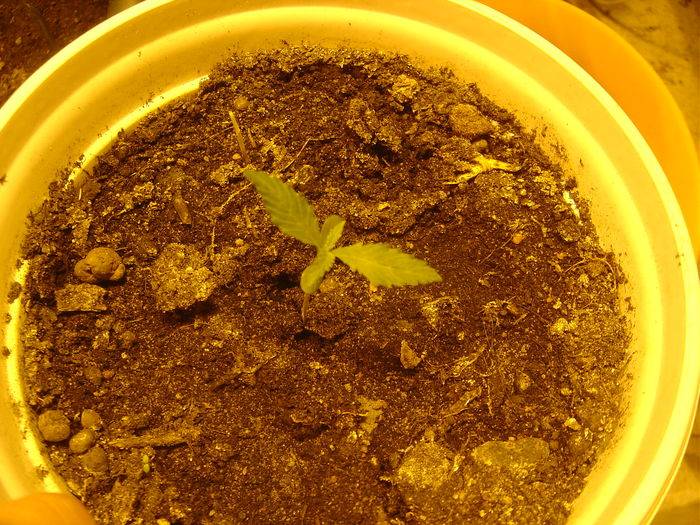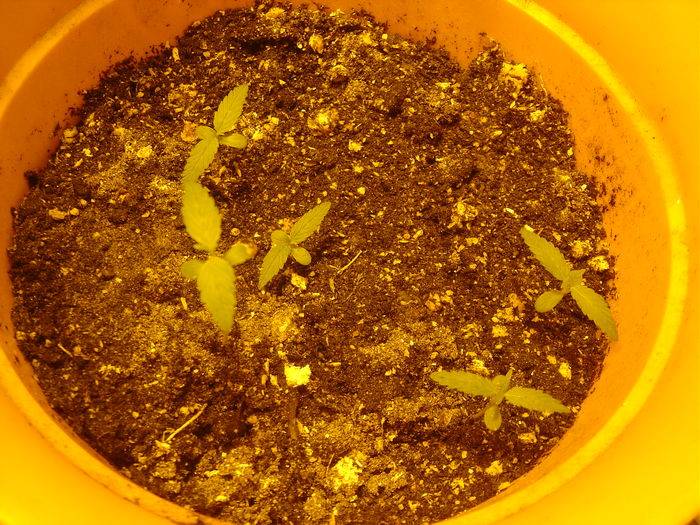i really am diggin' this thread.
i've always thought that old "wives tale" about not being able to tell what strain you have by looking at the seed's was a load of horse doodie
perfect example earlier of the different oak types...do they all have the same acorn? NO
i think all it really takes is an in depth study of seed pattern, leaf shape/size/etc., overall plant structure...etc. etc. etc.
sure it's a lot of shit to sift through, but in the end...
the wealth of knowledge that is to be gained
can ONLY help breeders/growers worldwide
i've always thought that old "wives tale" about not being able to tell what strain you have by looking at the seed's was a load of horse doodie
perfect example earlier of the different oak types...do they all have the same acorn? NO
i think all it really takes is an in depth study of seed pattern, leaf shape/size/etc., overall plant structure...etc. etc. etc.
sure it's a lot of shit to sift through, but in the end...
the wealth of knowledge that is to be gained
can ONLY help breeders/growers worldwide







